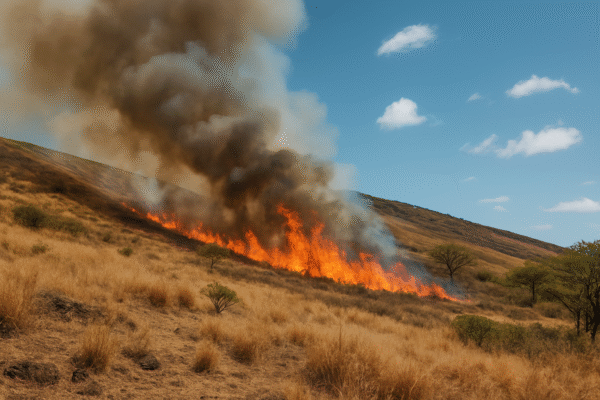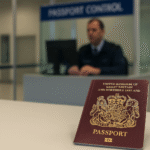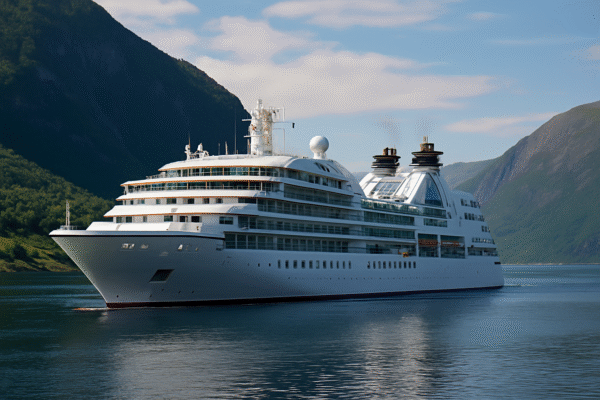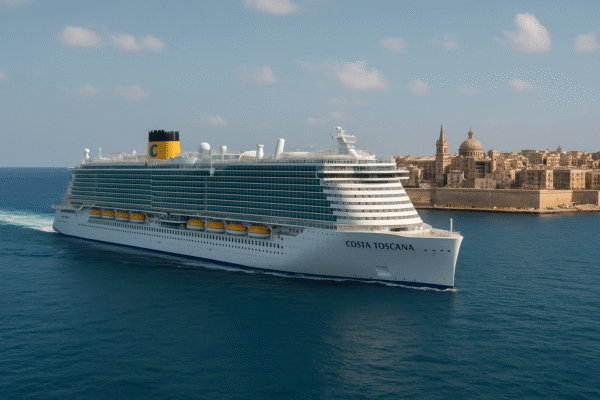Tourists Still Flock to Capri’s Blue Grotto Despite Growing Concerns Over High Tide Access Risks
Capri, Italy – The Blue Grotto (Grotta Azzurra), a radiant sea cave located on the northern coast of Capri Island, continues to enchant global travelers despite growing safety concerns during periods of high tide. Famous for its electric blue water and narrow rock entrance, this iconic destination near the Amalfi Coast is both a must-see wonder and a delicate natural site that demands careful timing for a safe visit.
The Blue Grotto has long captivated visitors with its ethereal glow—created when sunlight enters through an underwater cavity, reflecting off the limestone seabed and illuminating the cave’s interior in shimmering blue. This natural effect, paired with the cave’s unique acoustics, transforms a simple boat ride into a magical sensory experience.
A Bucket List Attraction With Natural Challenges
Accessible only by small rowing boats operated by licensed guides, the grotto’s entrance measures just about one meter high at its best. During high tide or rough seas, the cave’s entry becomes dangerously constricted, often leading to temporary closures.
A recent viral video on social media reignited public concern after it showed a boat operator navigating a perilously narrow entrance during elevated tide levels. The boat rocked dramatically as it attempted entry—highlighting just how quickly sea conditions can make the adventure unsafe.
According to Italy’s official tourism board Italia.it, the Blue Grotto is open to visitors only when the sea is calm. “Sea and tide levels can change quickly, and boat access to the Grotta Azzurra is suspended when safety cannot be guaranteed,” reads an official travel advisory. Motoscafisti di Capri, the main boat operator serving the grotto, posts daily updates on its operational status and cautions travelers to check access conditions before visiting.
Size Matters: Why High Tide Matters More Than Ever
The interior of the Blue Grotto measures approximately 60 meters in length and 25 meters in width, allowing only one small boat at a time to pass through the low-arched entrance. Rowers must have passengers lie flat while they pull the boat into the cave using chains anchored to the rocks—an effort that becomes increasingly risky with every centimeter the tide rises.
During stormy weather or full moons, when the tides are naturally higher, these conditions heighten the risk of capsizing or collision at the entrance. This has led authorities to intermittently close the grotto for public safety—a precaution welcomed by seasoned guides and risk-averse travelers.
When to Visit for a Safe Experience
Tourism experts and local operators recommend visiting the Blue Grotto between April and October, when weather conditions are more predictable and calmer seas are common in the early morning. Midday visits, although popular for brighter lighting within the cave, may coincide with increasing wave activity.
Real-time updates are available on Capri.net, which provides current accessibility reports, tide forecasts, and recommended visit times. Travelers are advised to check these updates and consult local guides before embarking on the Blue Grotto boat tours.
For those who miss the opportunity to enter the grotto due to closures, the island of Capri still offers numerous scenic alternatives, including the panoramic chairlift to Monte Solaro, the Gardens of Augustus, and boat tours around the Faraglioni rock formations.
Despite Risks, Tourists Say It’s Worth It
Despite the limitations, the Blue Grotto remains one of Italy’s most unforgettable natural wonders. Tourists often describe the experience as “surreal,” “dreamlike,” and “worth every second of the wait,” especially when timed correctly. Many agree that even viewing the grotto’s entrance from the sea offers a sense of awe, though nothing quite matches the experience of floating within its glowing chamber.
Hotel and tour operators on the island also emphasize the importance of safety over spectacle. “We encourage guests to be flexible,” says a representative from the Capri Tourism Office. “If the Blue Grotto is closed, there are still many breathtaking experiences waiting for them across the island.”
Final Travel Tips for Visiting Capri’s Blue Grotto
- Check the Weather: Visit early in the day and look up sea condition reports before arriving.
- Book Flexible Tours: Choose operators that offer alternatives in case of grotto closures.
- Follow Local Advice: Trust the judgment of licensed guides and boat operators who assess safety every morning.
- Plan for Alternatives: Explore Capri’s other landmarks, including Marina Grande and Anacapri, in case the grotto is inaccessible.
Conclusion
As one of Italy’s most iconic attractions, Capri’s Blue Grotto continues to dazzle travelers with its natural beauty and cultural allure. But the risks posed by high tide and rough seas remind visitors of the importance of informed, flexible travel. With proper planning and awareness, tourists can still enjoy this mesmerizing destination safely—making it a timeless jewel of the Mediterranean.
For more travel news like this, keep reading Global Travel Wire



















